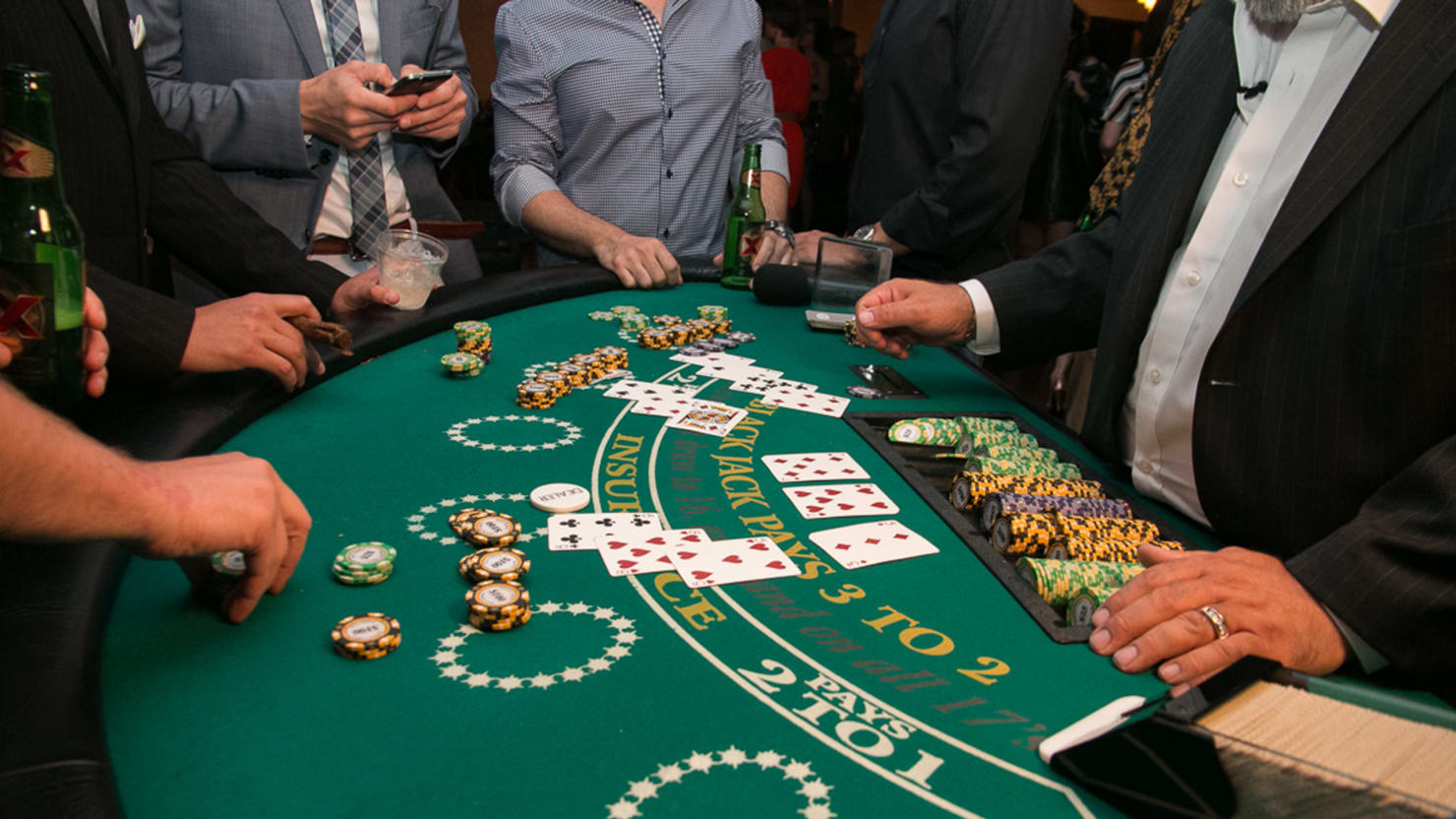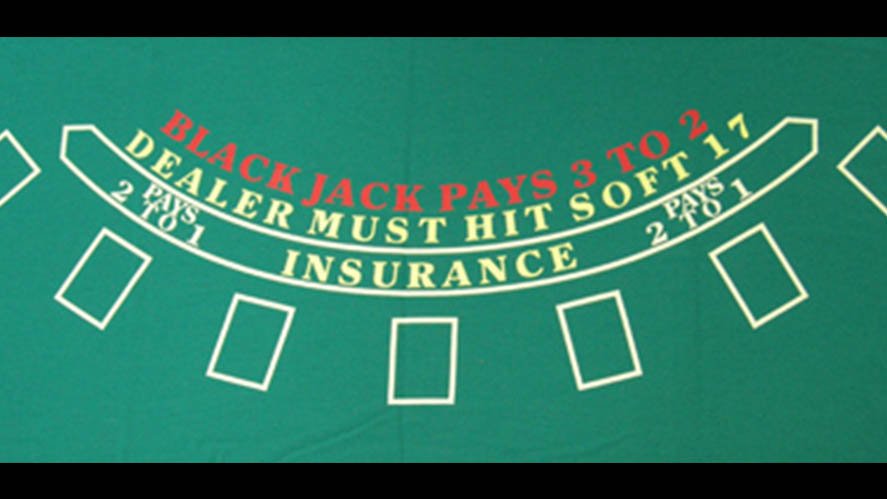When Does Dealer Hit In Blackjack


12 Against a Dealer's 2 in Blackjack - Why Hit It? By Henry Tamburin One of the more frustrating hands in blackjack is being dealt a 12 when the dealer shows a 2 upcard. You hate to hit your 12 because you are afraid the dealer is going to give you a picture card and you’ll bust. Does the dealer hit on soft 17? While we are on the subject of cards, it is important to explain the ‘behavior’ of the dealer when he or she receives a soft 17. In a game of blackjack, the dealer is also proactive and they need to make certain decisions as well. Thus, the decision of whether to hit or stand on soft 17 is a big one for the. Most blackjack players are oblivious to whether the dealer stands or hits on soft 17. Dealer stands on soft 17 was the standard rule in years past, but a growing number of casinos now require the dealer to hit on soft 17 (hands like Ace, 6).
The entire game of blackjack is based around the two words “Hit me”. All of the strategy and logic in the game comes down to whether or not you want to get another card added on top of your first two cards. Remember, the goal of blackjack is to either make the dealer bust, hit 21 yourself, or have a higher number than the dealer ends up with.
Most of the variance in the game comes from the idea of hitting or standing when you either get another card dealt to you, at risk of busting, or stay where you are, and risk the dealer beating you. This is a complex decision making process, and it’s important to know how to approach it.
This page details all of the methods you can use to understand when to hit or stand, and at the end, you can find a chart explaining why. Let’s jump right into it with a discussion of the dealer’s up card and why that matters.
Knowing When To Hit Or Stand - The Dealer’s Up Card
Understanding the implications of the dealer’s up card is very important. Basically, you get to see one of the dealer’s cards, and that allows you to make some guesses as to what number they are at, and what their decision making process will be. The higher the dealer’s up card, the more likely the player is to want to hit, as a general rule. This is because, once again, the goal is to beat the dealer - to get the closest to 21 without going over. The card you see tells you a lot about the range of possibilities they could have. For example, if you see a 2, you know that their total is relatively low, and if you have a decent total, it could be correct to stand. That’s the basics of understanding a dealer’s up card, but there’s so much more to understand what the process is behind choosing to stand.
When To Stand In Blackjack

The basic idea of when you want to stand in blackjack is when you have a pretty good idea that your total is pretty close to 21, you don’t want to risk going over, and you want to put the onus on the dealer to beat your total. This tends to mean that you want to start seriously considering standing at around 17 total. The idea here is that, unless you can see an ace from the dealer, you’re fairly likely to have more than them at this point, given the amount of times cards that are worth more than 7 appear in the deck. If you have 19, you’re always standing, for example. You’re likely to bust if you hit, and it’s relatively hard to beat. The rules for this are fairly fluid so understand them well.
When To Hit In Blackjack
The basic idea behind when you want to hit in blackjack is twofold. First, you want to hit when you aren’t in much danger of going over or busting. Second, you want to hit when you need to beat a decent dealer total. This means that if you have a middling hand, let’s say 15, you’ll want to stand if the dealer’s face up card is fairly low, but hit if the dealer’s face up card is higher. This is because you can extrapolate the range of possible outcomes from the dealer’s face up card, and understand when you need to hit, and when you need to stand. There’s a lot of math that goes into this, but you can play by intuition as well. Remember, the goal of the game is to beat the dealer without going over - and that’s devilishly simple, but devilishly tricky as well.
When Does The Dealer Have To Hit In Blackjack
The basic rules that most dealers follow, across the board, are determined to their mathematical advantage over years of study and play. The dealer will always hit on anything below a 16 total. This is why, when you have a 17, you tend to consider staying - you have something fairly close to what they tend to stay at. This can get a little more complex when people start considering aces, which allow the concept of hard and soft 17s to enter the equation, but that’s mostly a discussion for a different page. Suffice to say, the basic rule they follow is that they will hit anything that is a 16 total or below.
When Does The Dealer Have To Stay In Blackjack
Dealers in blackjack follow strict rules - rules that are designed for them to play as optimally as possible against you. The basic idea behind most of them is to optimize their mathematical odds at victory. For this reason, almost all dealers will stand when their total is 17 or above. As before, aces throw a bit of a wrench into this equation, but there is a lot of grey area in Blackjack. The basic rule they follow is to stand on 17 because that puts the onus on you to beat a 17, which is pretty hard to do without going over.
Hit Or Stand Cheat Sheets
Here is a very basic legal blackjack hit or stand cheat sheet. Remember that the math changes depending on which type of blackjack you’re playing, so make sure you understand what’s going on in each variant you play.
| Your Hand | Up Card | |||||||||
| 2 | 3 | 4 | 5 | 6 | 7 | 8 | 9 | 10 | A | |
| <11 | Hit | Hit | Hit | Hit | Hit | Hit | Hit | Hit | Hit | Hit |
| 12 | Hit | Hit | Stand | Stand | Stand | Hit | Hit | Hit | Hit | Hit |
| 13 | Stand | Stand | Stand | Stand | Stand | Hit | Hit | Hit | Hit | Hit |
| 14 | Stand | Stand | Stand | Stand | Stand | Hit | Hit | Hit | Hit | Hit |
| 15 | Stand | Stand | Stand | Stand | Stand | Hit | Hit | Hit | Hit | Hit |
| 16 | Stand | Stand | Stand | Stand | Stand | Hit | Hit | Hit | Hit | Hit |
| 17-21 | Stand | Stand | Stand | Stand | Stand | Stand | Stand | Stand | Stand | Stand |
A blackjack dealer is an individual who works in a casino and who deals the cards for blackjack. Blackjack is a table game in which players aim to reach as close to 21 as possible without going over. The object for players is to either have a higher number than the dealer and/or for the dealer to go over 21 so the players will win their hands.
Generally, blackjack is played in locations where gambling is legal. This occurs within the United States in Atlantic City, New Jersey, Las Vegas Nevada, and on Indian reservations. Some casinos are also on riverboats off-shore. Other countries also have various rules on the legality of gambling; in Monte Carlo for example, gambling is legal as well as in some parts of Canada and in certain clubs and areas in England. Many cruise ships and Caribbean islands also offer blackjack play.

A blackjack dealer may work in any of these environments in which gambling is legal and in which people come to play table games. A dealer generally must be licensed or authorized to deal blackjack. This is usually done by a gaming commission or some other related body, or by the casino who hires him. The certification usually requires a background check in which the dealer is fingerprinted and it is determined whether the dealer has any criminal convictions that would preclude him from being trustworthy as a blackjack dealer.
Once the dealer has been hired, he has several primary duties. First, he must change money for customers. This involves being able to quickly count money and trade it in for chips used to bet at the table. The dealer may also be required to know how to spot counterfeit money so he can identify such bills if the individual tries to trade them in for chips.

When Does A Dealer Have To Hit In Blackjack
The dealer also shuffles cards or places them in an automatic shuffler. Many casinos have dealers using six decks combined to deal the blackjack hands from. The dealer must ensure the decks are all adequately shuffled.
When Does The Dealer Hit In Blackjack
He must then deal cards to the players at the table. This involves placing two cards in front of each player and taking two cards himself, one face up and the other face down. The players then have the option to hit, which means taking another card, or stand, which means refraining from taking another card and keep their score as is. The blackjack dealer then takes cards himself or stands according to specific predefined rules depending on the numerical value his cards add up to. Finally, the blackjack dealer pays individuals who have won the hand.



